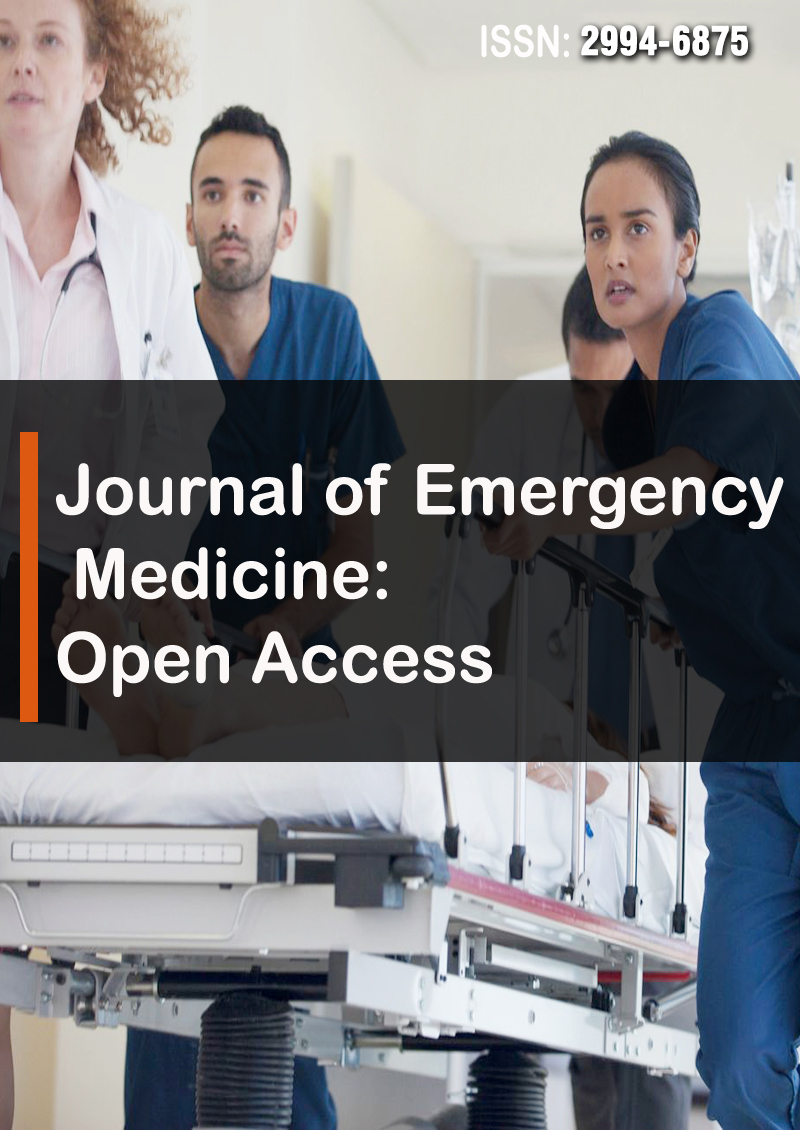Prevalence of GIT Nematodes and Associated Risk Factors of Exotic Chickens in Selected Farm of Poultry in and Around Ambo, Ethiopia
Abstract
Abraham Belete Temesgen, Zerihun Getie Wassie and Saleamlak Abebe
Poultry are raised worldwide in backyards and commercial systems with fewer social and religious taboos than other livestock. However, the chicken industry faces significant challenges from nematode parasites. A cross-sectional study with a random sampling technique was conducted from April to June 2019 to estimate gastrointestinal (GI) nematode parasites in chickens in selected farms in and around Ambo, Ethiopia. The fecal analysis results revealed that out of 70 samples collected, 60% were positive for gastrointestinal (GI) nematode eggs. Prevalence varied significantly by body condition, with the highest rates in chickens in poor condition (78.57%), followed by medium (54.54%) and good condition (40%). Location also played a significant role, with Ambo University Poultry Farm having the highest prevalence (83.87%), followed by Abebe Private Farm (55%) and Guder Campus Poultry Farm (26.31%). The main nematode species identified were Ascaridia galli (57.1%) and Heterakis gallinarum (2.9%). Infestation rates differed significantly by sex, age, location, and body condition, with males having higher rates of Ascaridia galli (61.53%) than females (56.14%), and Heterakis gallinarum exclusively affecting females (3.51%). Adults showed significantly higher rates of Ascaridia galli (85.71%) than young chickens (38.09%), with some infestation of Heterakis gallinarum (7.14%) observed in adults but absent in young chickens. This prevalence rate suggests limited awareness among chicken producers and insufficient control strategies in the study area. Hence, implementing targeted control strategies is advisable.



